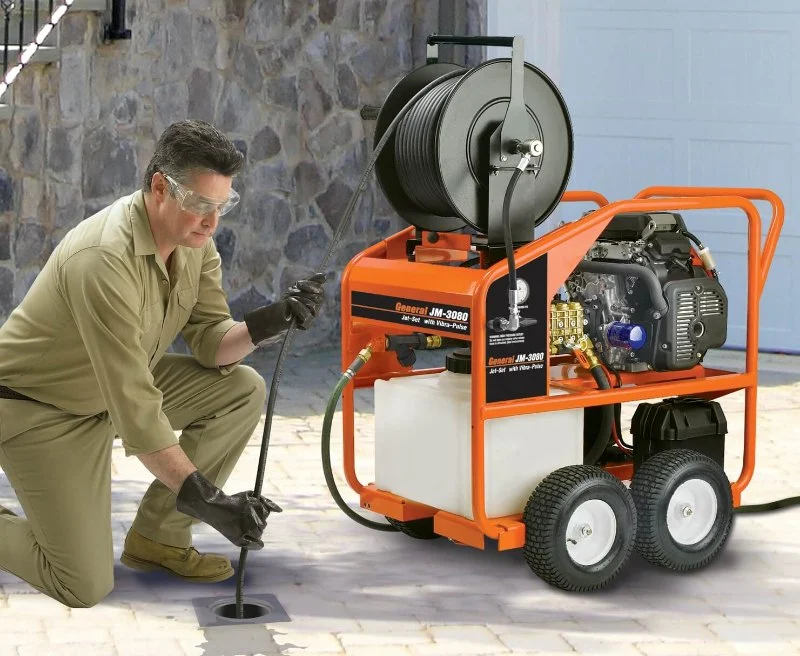
How to Use a Hydro Jet to Clear Tough Blockages
- 1- Understanding Hydro Jets
- 2- Why Choose a Hydro Jet for Blockages?
- 3- Step-by-Step Guide to Using a Hydro Jet
- 4- Precautions and Safety Tips When Using a Hydro Jet
- 5- When to Call a Professional for Help
1. Understanding Hydro Jets
A hydro jet is a powerful plumbing tool used to clear blockages in pipes using high-pressure water. Unlike traditional drain cleaning methods, which may rely on chemicals or physical tools like plungers, hydro jetting uses pressurized water to break down and flush away even the toughest blockages, such as grease, tree roots, and mineral build-up.
Hydro jets consist of a nozzle that is inserted into the drain or pipe. Once activated, the water is forced through the nozzle with significant pressure, effectively dislodging debris and allowing it to flow freely through the pipe. This method is highly effective for pipes that are clogged deep within the system, where other methods might not reach.

AAA Plumbing & Drain Services
LaFolletteCampbell CountyTennessee
200 Ellison Rd Apt 4, LaFollette, TN 37766, USA
2. Why Choose a Hydro Jet for Blockages?
Hydro jetting offers several advantages over traditional drain cleaning methods, making it a popular choice for tackling tough blockages. Here are a few reasons why using a hydro jet is often the best option:

Highview Plumbing Inc
St. Louis ParkHennepin CountyMinnesota
7460 Oxford St, St Louis Park, MN 55426, USA
1. Effectiveness
Hydro jetting is highly effective at clearing even the most stubborn blockages, including those caused by grease, food waste, tree roots, and mineral deposits. Unlike snakes or plungers, which may only clear partial blockages or push debris further down the line, hydro jetting cleans the entire pipe, restoring full flow.
2. Preventative Maintenance
In addition to clearing existing blockages, hydro jetting is an excellent preventative maintenance tool. Regularly cleaning pipes with a hydro jet can help prevent future build-up, extending the life of your plumbing and reducing the risk of future clogs.
3. Environmentally Friendly
Hydro jetting is an environmentally friendly alternative to chemical drain cleaners, which can be harsh on both your plumbing and the environment. The high-pressure water is effective without the use of harmful chemicals, making it a safer and more sustainable choice.
3. Step-by-Step Guide to Using a Hydro Jet
If you’re looking to clear a tough blockage using a hydro jet, it’s important to follow the correct steps for safety and effectiveness. Here’s a step-by-step guide to using a hydro jet:
1. Assess the Blockage
Before using a hydro jet, it’s essential to assess the blockage to ensure that it’s something that can be cleared using water pressure. Hydro jetting is ideal for organic blockages, like grease or food particles, as well as clogs caused by tree roots. If the blockage is caused by something more solid, like concrete, a different method may be needed.
2. Choose the Right Hydro Jetting Equipment
Hydro jetting requires specialized equipment, including a high-pressure hose and a nozzle that fits your pipes. Depending on the severity of the blockage and the pipe size, you may need a professional-grade hydro jet. Renting or purchasing the wrong equipment could lead to ineffective cleaning or even damage to your plumbing.
3. Insert the Hydro Jet Nozzle
Once you have the right equipment, insert the hydro jet nozzle into the drain or access point of your plumbing system. For kitchen or bathroom drains, this may involve removing the drain cover or opening a clean-out valve. Ensure the nozzle is placed at the correct depth for the most effective cleaning.
4. Activate the Hydro Jet
Turn on the hydro jetting equipment and allow the high-pressure water to flow through the nozzle. The pressurized water will work its way through the pipes, dislodging debris and clearing the blockage. Move the nozzle slowly through the drain to ensure all areas are cleaned thoroughly.
5. Check for Proper Drainage
After using the hydro jet, check the drainage to ensure that the blockage has been cleared. Run water through the pipes to make sure it flows freely without any backups or slow drainage. If there are still issues, repeat the process or consider calling a professional for assistance.
4. Precautions and Safety Tips When Using a Hydro Jet
While hydro jetting is an effective method for clearing blockages, it’s important to take precautions to ensure safety and avoid damage. Here are some safety tips to keep in mind:
1. Wear Protective Gear
Always wear safety goggles and gloves when using a hydro jet. The high-pressure water can splash, and you want to protect yourself from potential injury. Ensure that you have proper footwear to avoid slipping.
2. Know Your Pipe System
Before using a hydro jet, it’s essential to know the condition of your pipes. If your plumbing is older or made of fragile material, such as clay or PVC, the high water pressure may cause damage. If you’re unsure about your pipes’ durability, consult with a professional plumber before using a hydro jet.
3. Avoid Overuse
While hydro jetting is an effective tool, overuse can lead to pipe damage. Use hydro jetting only when necessary, and avoid excessive pressure or prolonged sessions. For regular maintenance, consider consulting a plumber for routine, less intensive cleaning.
5. When to Call a Professional for Help
While using a hydro jet on your own is possible, some situations may require the expertise of a professional plumber. Here are some instances where it’s best to call a professional:
1. Severe Blockages
If the blockage is severe, such as large tree roots or significant mineral deposits, it may be difficult to clear the pipes with a hydro jet. A professional plumber will have the experience and equipment to handle tough situations and ensure that your plumbing system is cleaned safely and effectively.
2. Damaged or Fragile Pipes
If your plumbing is old or made of materials that may not withstand high-pressure water, it’s safer to let a professional handle the hydro jetting. They can assess the condition of your pipes and adjust the pressure accordingly to prevent damage.
If you’re unsure whether to attempt hydro jetting on your own or call a professional, it’s always better to err on the side of caution and seek expert advice. A plumber can not only clear the blockage but also ensure that the plumbing system is in good condition.

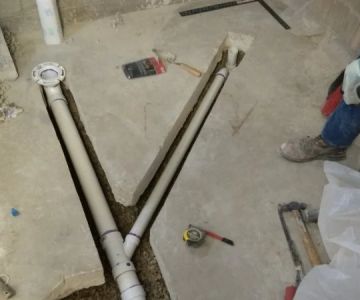
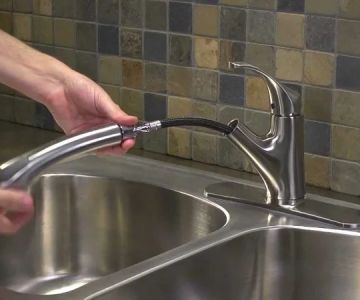
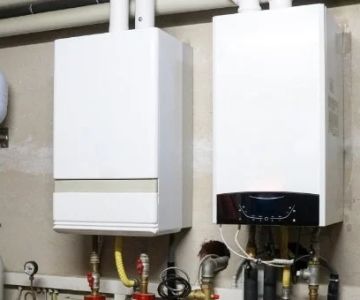


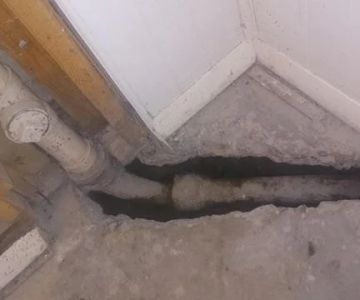
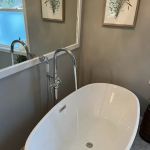 Oakland Plumbing LLC5.0 (17 reviews)
Oakland Plumbing LLC5.0 (17 reviews)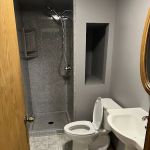 Midwest Plumbing & Service4.0 (7 reviews)
Midwest Plumbing & Service4.0 (7 reviews)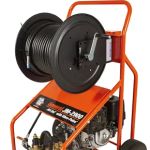 Moberly Plumbing4.0 (117 reviews)
Moberly Plumbing4.0 (117 reviews)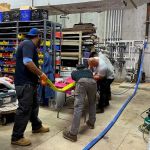 American Trenchless Technologies4.0 (8 reviews)
American Trenchless Technologies4.0 (8 reviews) Tony's Plumbing3.0 (12 reviews)
Tony's Plumbing3.0 (12 reviews)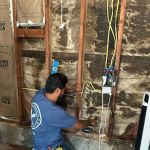 Socal Plumbing Co5.0 (5 reviews)
Socal Plumbing Co5.0 (5 reviews)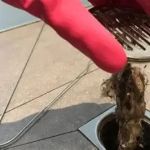 How to Repair a Hairball Clog Without Harsh Chemicals
How to Repair a Hairball Clog Without Harsh Chemicals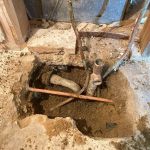 How to Repair a Junction That Is Leaking Under Slab: A Comprehensive Guide
How to Repair a Junction That Is Leaking Under Slab: A Comprehensive Guide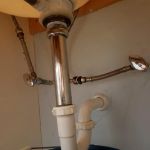 How to Replace a Sink Overflow Tube: A Complete Step-by-Step Guide
How to Replace a Sink Overflow Tube: A Complete Step-by-Step Guide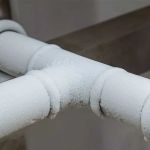 What Causes Frozen Pipes and How You Can Prevent It - Expert Tips
What Causes Frozen Pipes and How You Can Prevent It - Expert Tips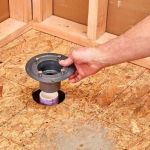 How to Replace a Shower Niche Drain: Step-by-Step Guide for Homeowners
How to Replace a Shower Niche Drain: Step-by-Step Guide for Homeowners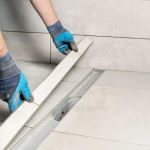 How to Replace an In-Wall Shower Drain: Step-by-Step Guide
How to Replace an In-Wall Shower Drain: Step-by-Step Guide